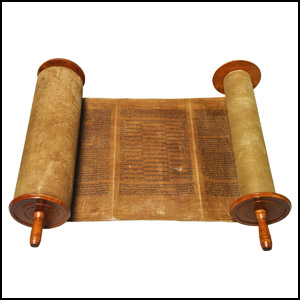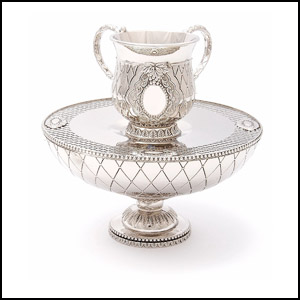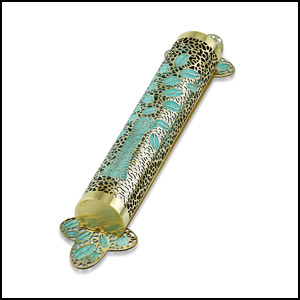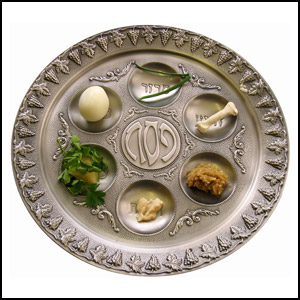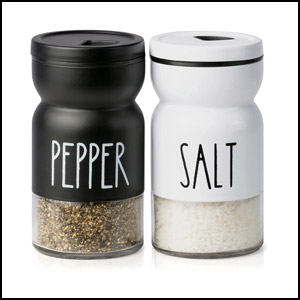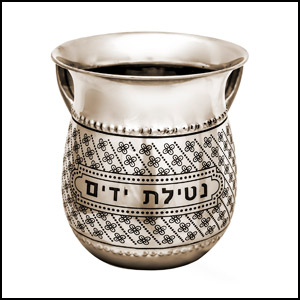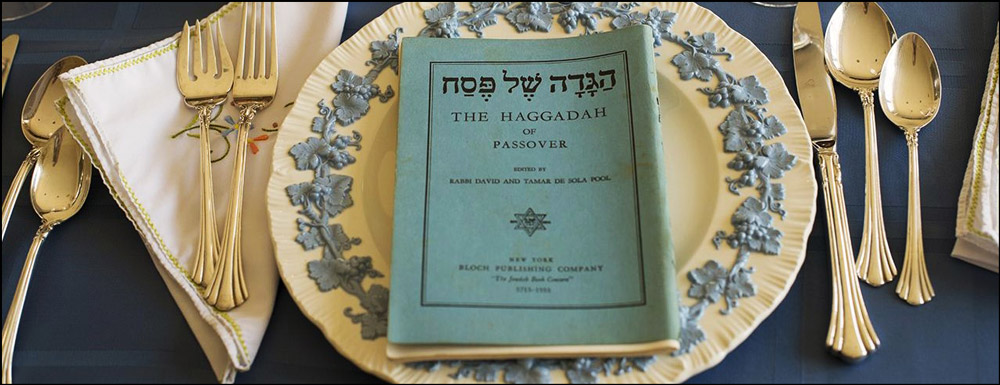
Contents
- 1 🌟 Discover the Heart of Passover: The Haggadah 📖
- 2 Our Top 5 Best The Passover Haggadah
- 2.1 1# Dennis Prager The Rational Passover Haggadah Hardcover
- 2.2 2# Nathan Goldberg Passover Haggadah Paperback
- 2.3 3# Alana Newhouse The Passover Haggadah An Ancient Story for Modern Times
- 2.4 4# Herbert Bronstein Passover Haggadah Paperback
- 2.5 5# Nathan Goldberg Passover Haggadah Transliterated Large Type
- 3 🖼️ Examining Artistic Depictions in Various Haggadot
- 4 🔍 Understanding the Seder Plate and Other Elements: Symbols and Rituals Decoded
- 5 Conclusion
- 6 📚 Recommended Resources: Books, Websites, and Materials
🌟 Discover the Heart of Passover: The Haggadah 📖
What Is the Passover Haggadah?
- 📜 A Timeless Guide: The Haggadah is an ancient text that guides Jewish families through the Seder, the ceremonial meal of Passover.
- 🌱 A Story of Freedom: It recounts the story of the Exodus from Egypt, symbolizing freedom and spiritual growth.
Why Is the Haggadah Essential?
- 🌉 Cultural Bridge: It connects generations, blending age-old traditions with contemporary life.
- 🙏 Spiritual Journey: Engaging with the Haggadah offers a chance for reflection and spiritual enrichment.
Reasons to Own a Haggadah
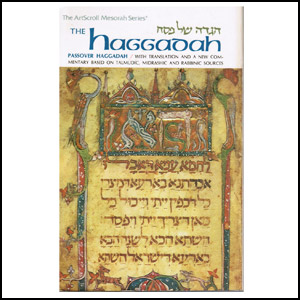
- 📚 Educational Value: Learn about Jewish history and traditions.
- 👨👩👧👦 Family Bonding: Create memorable family moments.
- 🤔 Self-Reflection: Explore deeper spiritual and ethical questions.
- 🌍 Cultural Insight: Gain a broader understanding of Jewish culture.
🌟 Why Buy a Passover Haggadah? 🛍️
- 🏠 Home Ritual: Bring the spirit of Passover into your home.
- 🎁 Perfect Gift: Ideal for friends and family interested in Jewish culture.
- ✨ Keepsake: A treasured item that can be passed down through generations.
🎉 Experience the Essence of Passover with your own Haggadah and embrace a journey filled with history, culture, and spirituality! 🕊️✨
🌱 Tracing Back to Ancient Times: The Birth of the Haggadah
- ✅ Ancient Beginnings: The Haggadah, central to the Jewish festival of Passover, finds its roots in biblical times. It was originally an oral tradition, later evolving into the written form we know today.
- ✅ Egyptian Exodus: Central to the Haggadah is the story of the Israelites’ escape from Egyptian slavery, a tale that resonates with themes of freedom and redemption.
- ✅ First References: The earliest textual references to practices resembling the Passover Seder, the ritual feast for which the Haggadah is the guidebook, appear in the Mishnah, a Jewish legal text compiled around 200 CE.
📖 Evolution Over Centuries: How the Haggadah Has Changed and Stayed the Same
- ☑️ Medieval Transformations: In medieval times, the Haggadah began to take on its current form. This period saw the inclusion of commentaries from rabbinic authorities, making the text not just a ritual guide but a religious and philosophical document.
- ☑️ Artistic Embellishments: Over the centuries, the Haggadah became not only a textual but also a visual journey. Lavishly illustrated manuscripts, such as the famous Sarajevo Haggadah, combined religious text with artistic expression.
Our Top 5 Best The Passover Haggadah
1# Dennis Prager The Rational Passover Haggadah Hardcover

2# Nathan Goldberg Passover Haggadah Paperback
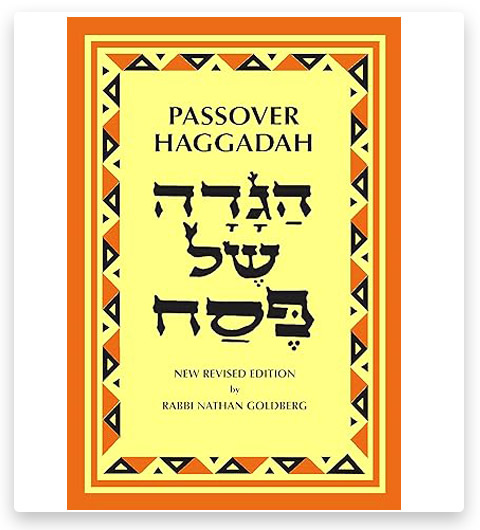
3# Alana Newhouse The Passover Haggadah An Ancient Story for Modern Times
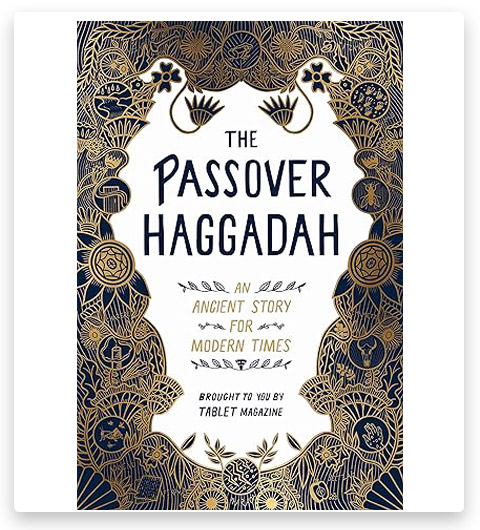
4# Herbert Bronstein Passover Haggadah Paperback
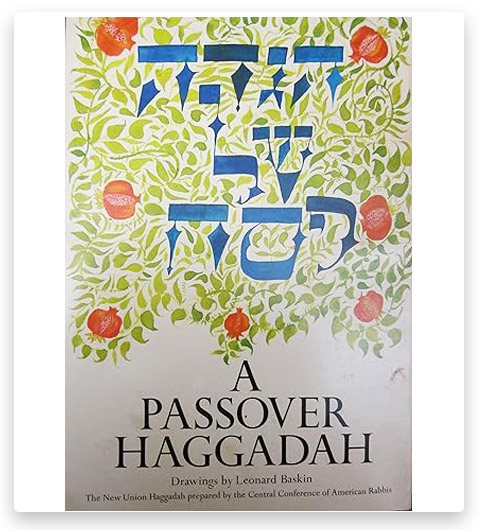
5# Nathan Goldberg Passover Haggadah Transliterated Large Type
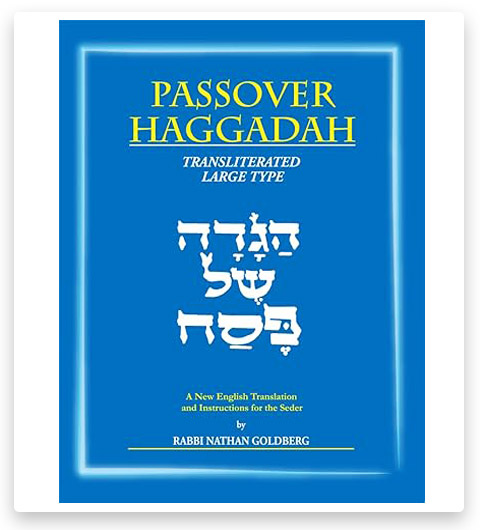
🖼️ Examining Artistic Depictions in Various Haggadot
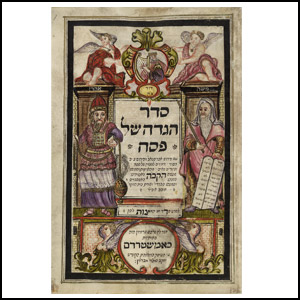
From medieval manuscripts to modern print, the Haggadah has been adorned with a wide range of artistic styles. Each era’s art reflects the cultural and historical context of its time.
The illustrations often go beyond mere decoration. They serve to interpret and convey the narrative of the Exodus, with imagery like the parting of the Red Sea and the Four Sons, each representing different attitudes towards tradition.
The art of Haggadot varies greatly across different Jewish communities. For instance, a Sephardic Haggadah might feature motifs influenced by Islamic art, while an Ashkenazi version might reflect Eastern European styles.
Contemporary artists continue to reinterpret Haggadah’s illustrations, infusing them with modern themes and personal touches, thereby keeping the tradition alive and relevant.
Music and chants are integral to the Passover Seder. Traditional songs like “Dayenu” and “Chad Gadya” have been passed down for generations, each with its unique melody and rhythm.
🔍 Understanding the Seder Plate and Other Elements: Symbols and Rituals Decoded
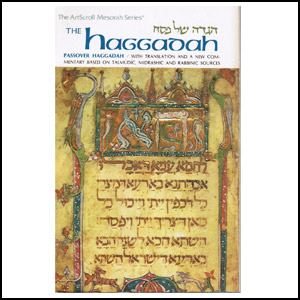
- Maror and Chazeret (Bitter Herbs): Symbolizing the bitterness of slavery.
- Charoset: A sweet mixture representing the mortar used by the Israelite slaves.
- Karpas (Green Vegetable): Symbolizing hope and renewal, dipped in salt water reminiscent of the tears shed in slavery.
- Zeroa (Shank Bone): Representing the sacrificial lamb.
- Beitzah (Roasted Egg): A symbol of mourning for the destruction of the Temple, and also a sign of life and rebirth.
- Four Cups of Wine: Representing the four expressions of deliverance promised by God.
- Matzah: The “bread of affliction”, a reminder of the haste in which the Israelites fled Egypt.
- Opening the Door for Elijah: Symbolizing faith in future redemption.
🤔 Interpretations and Meanings: Exploring the Symbolism Behind the Words
- “Dayenu” (It Would Have Sufficed): This song expresses gratitude for each of the miracles performed during the Exodus, underscoring a theme of appreciating each step of the journey.
- The Four Questions: Asked by the youngest participant, these questions open the door to storytelling, emphasizing the importance of inquiry and education in Jewish tradition.
- The Four Sons: The Wise, The Wicked, The Simple, and The One Who Does Not Know How to Ask: Each son represents a different approach to tradition and learning, offering a framework for understanding diverse perspectives within a community.
Conclusion
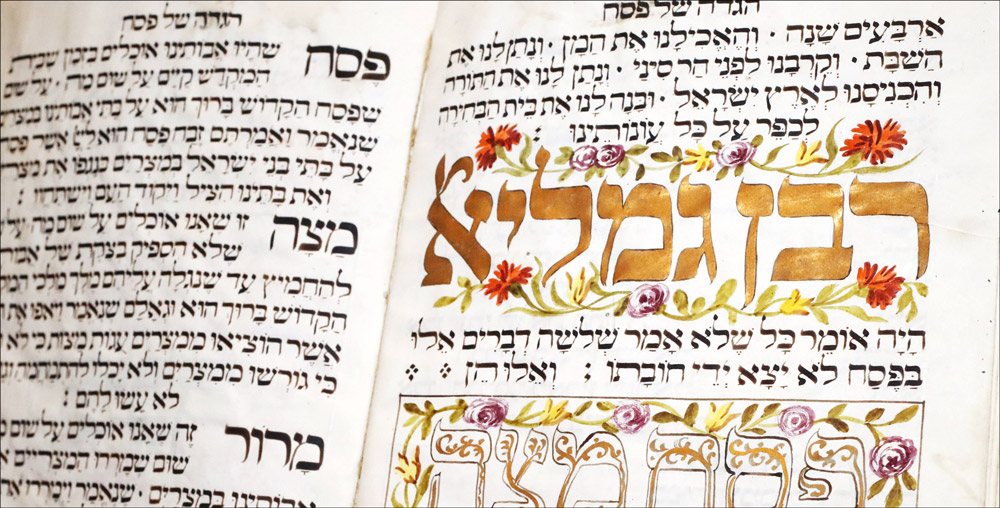
The Haggadah isn’t just a recounting of the Exodus; it’s a vibrant, living document that resonates across ages. Its themes of freedom, resilience, and faith are universal.
The Haggadah intertwines Jewish history, culture, and spirituality, making it a significant artifact that extends beyond religious boundaries.
In a world constantly grappling with themes of liberation and justice, the Haggadah remains relevant, offering wisdom and perspective.
📚 Recommended Resources: Books, Websites, and Materials
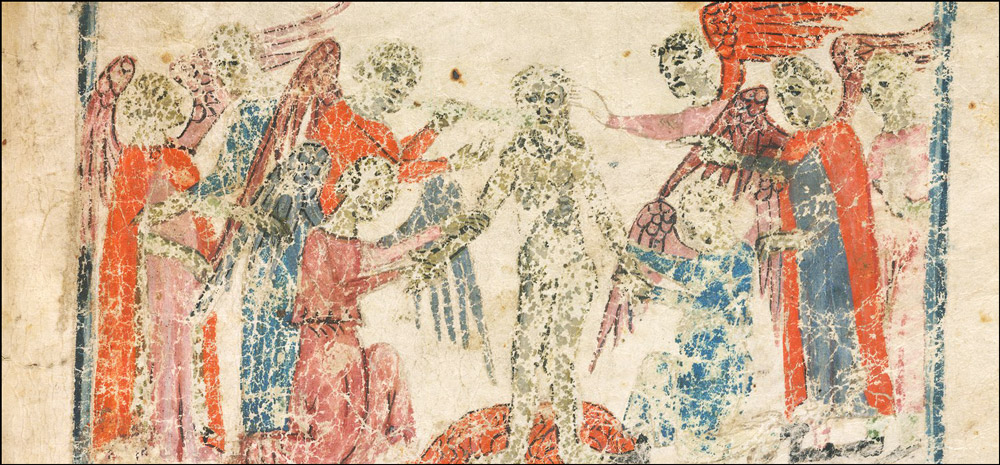
Books
- “A Passover Haggadah” by Elie Wiesel: An insightful commentary by a Nobel laureate.
- “The Journey Continues: The Ma’yan Passover Haggadah” by Tamara Cohen: A feminist perspective on the traditional Haggadah.
- “The New American Haggadah” by Jonathan Safran Foer: A modern interpretation blending tradition with contemporary themes.
Websites
- MyJewishLearning.com: A comprehensive resource for Jewish traditions and practices.
- Haggadot.com: Customize your own Haggadah and explore a variety of themes and interpretations.
- Chabad.org: Offers traditional insights and practical guidance on Passover and the Haggadah.
Key Events
Traditionally begins a month before, with increased study and the gradual removal of chametz (leavened products) from homes.
- First Seder Night: The evening when the Passover Haggadah is recited and the Seder meal is enjoyed.
- Second Seder: Observed by many communities outside of Israel on the second night.
- Omer Counting: Begins on the second night of Passover, 49 days leading up to Shavuot.

